Reviewing Cinestill 800T (35mm)
For those stepping into the world of analog photography, Cinestill 800T is a name that frequently graces conversations. This film stock is born from Kodak's renowned Vision 3 5219, with a special touch – the removal of the rem jet layer that gives rise to those mesmerizing halos of light known as halation. And what makes it even more appealing is its relatively high ISO, making it a top choice for low-light photography.
Stepping into the world of Cinestill 800 for the first time, I was unsure of what to expect. I had dabbled with digital filters and presets attempting to replicate their effects before, but the results never quite resonated with me. However, upon experiencing the real deal, I instantly grasped its charm. Even before I learned that this was a repurposed cinema film, its distinct cinematic quality in handling light sources stood out. During my image review, I discerned unmistakable similarities to films like “Fight Club” or “The Crow' “– dark films with their own unique color casts.
I acquired this film with a specific vision in mind. The first half of the roll was dedicated to capturing images of a local business that I passed daily on my way to work. Working the overnight shift, I would drive by this building illuminated by neon lights, and if I was fortunate, a burgeoning sunrise would grace the scene. I aspired to capture both moments, but my initial focus was on fully embracing the neon's vibrant glow
In terms of gear, I kept it simple, relying on my trusty Canon EOS Rebel G and a versatile 24-105mm lens. Though I yearned for something wider with a faster aperture to grant me more creative flexibility, my existing setup still held its own.
Like any creative pursuit, there's always room for improvement. In this case, I found myself yearning for more shadow detail, especially on the left side of the structure. Nonetheless, this image marked a significant starting point, akin to a preliminary sketch or a rough draft. It fueled my passion to delve deeper into this realm, particularly in capturing the intricate details of the windows.
As I look forward to future shoots, I'm entertaining the idea of transitioning from my trusty 35mm format to medium format, all in pursuit of that extra resolution and depth. However, I've also realized the importance of accounting for certain technical nuances that I might have overlooked this time around.
One such aspect is reciprocity failure, a term that might sound technical but is crucial for achieving precise exposures with low-light films like Cinestill 800T. Reciprocity failure comes into play when film requires longer exposure times than what's indicated by the light meter due to the film's characteristics. In my initial venture, I neglected to consider this phenomenon, and it's a lesson learned for future endeavors.
Moreover, I relied primarily on metering for the highlights during this shoot, which did lend an appealing contrast to the images. However, in hindsight, a more balanced approach, averaging the metering for the entire scene, could have yielded a different kind of balance in exposure and corrected my personal gripe of losing shadow detail of the structure on the left portion of the image.
As I evolve as a photographer, I remain eager to embrace these technical challenges and grow in my craft. Who knows, down the line, I might even experiment with Pro-Mist or Cinebloom filters to add a touch of cinematic magic to my imagery.
Here are some other images from the same set.
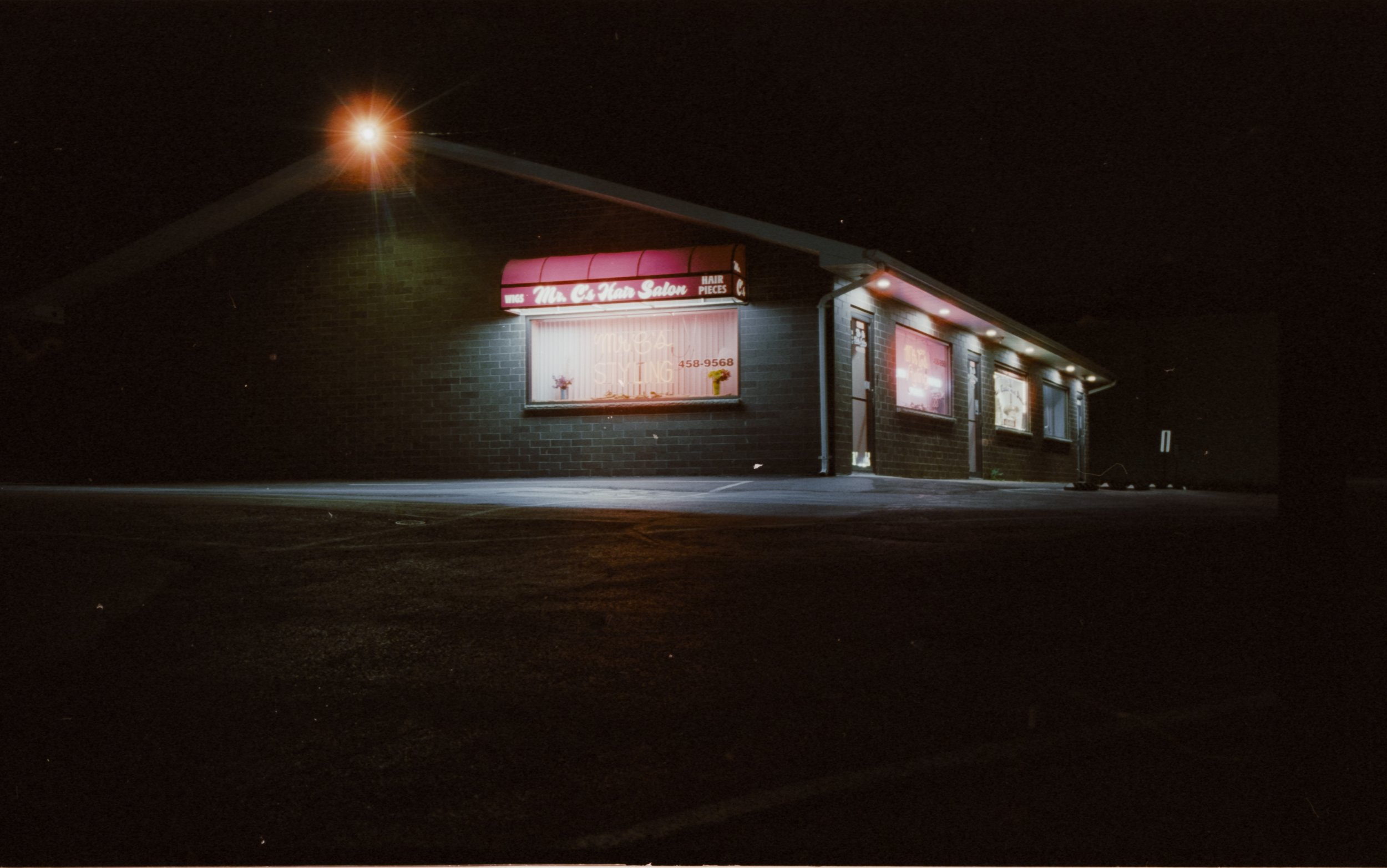
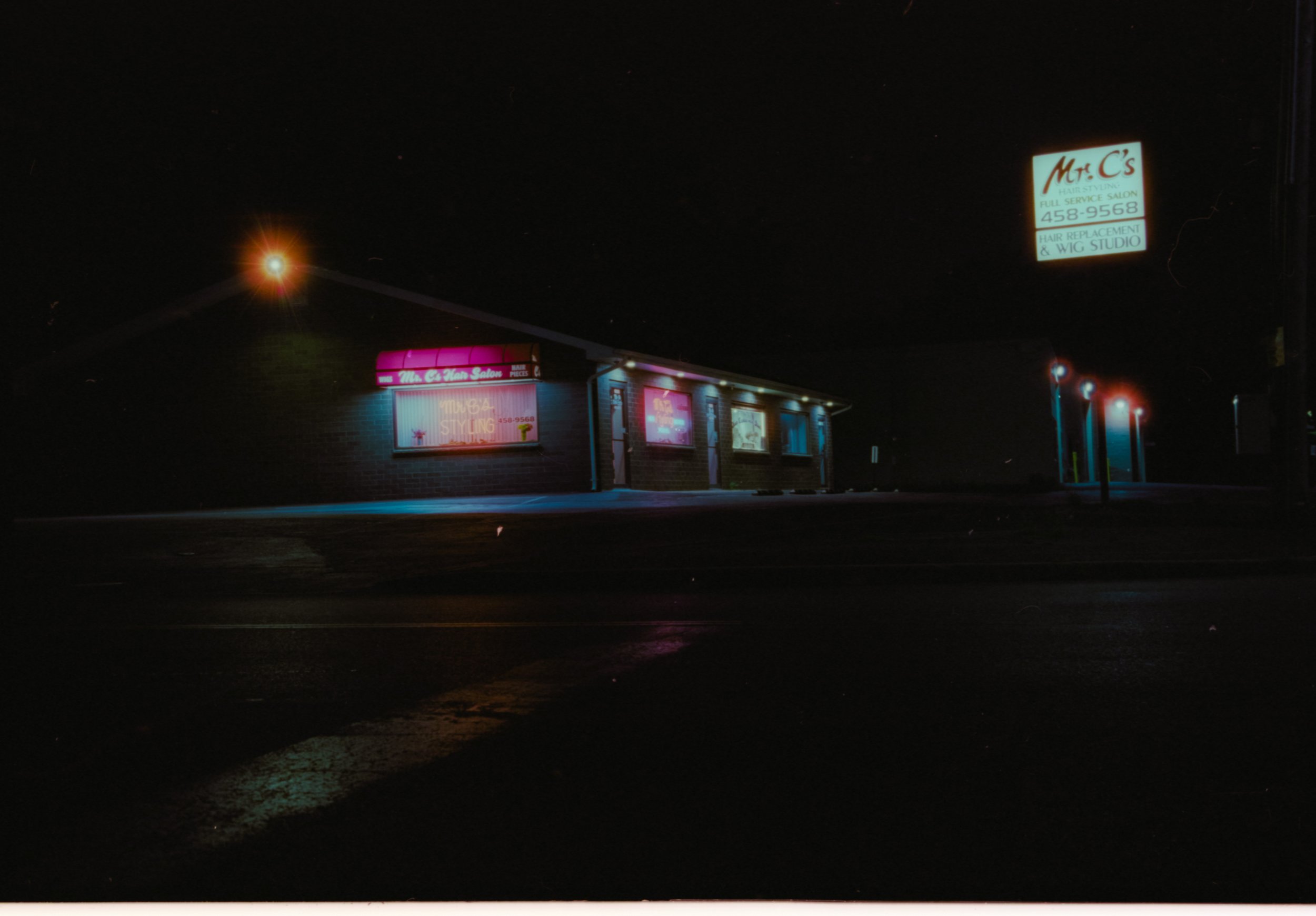
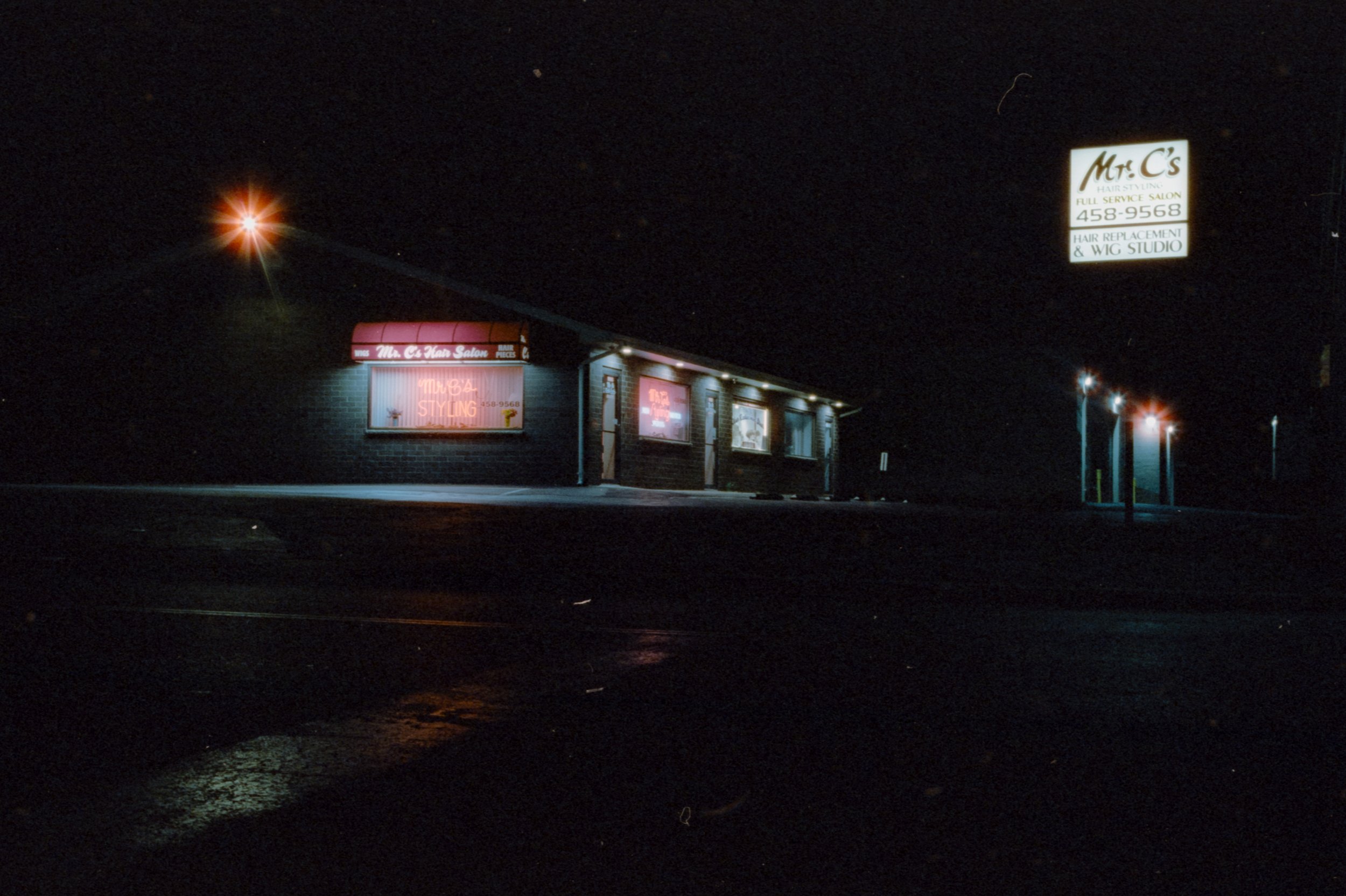
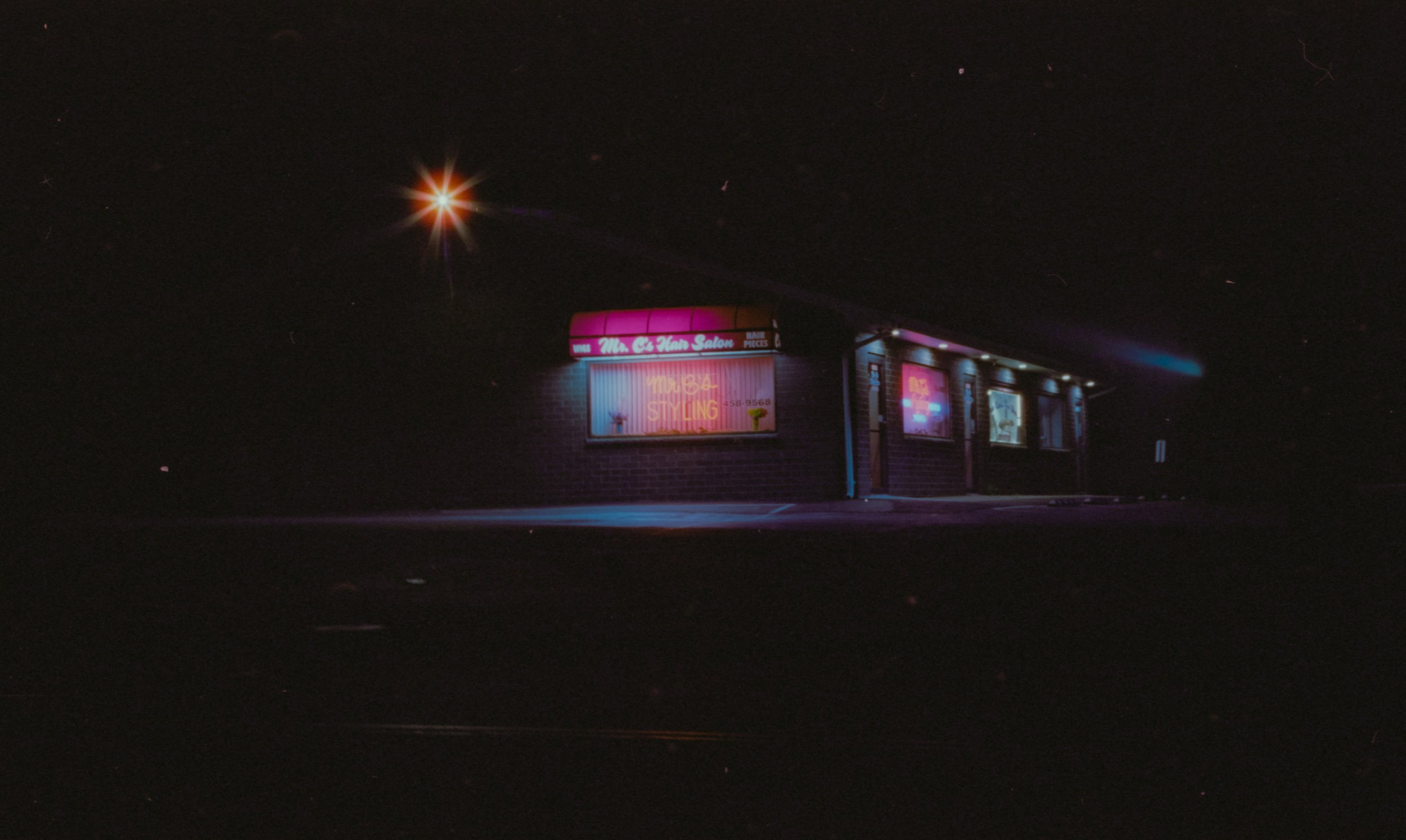
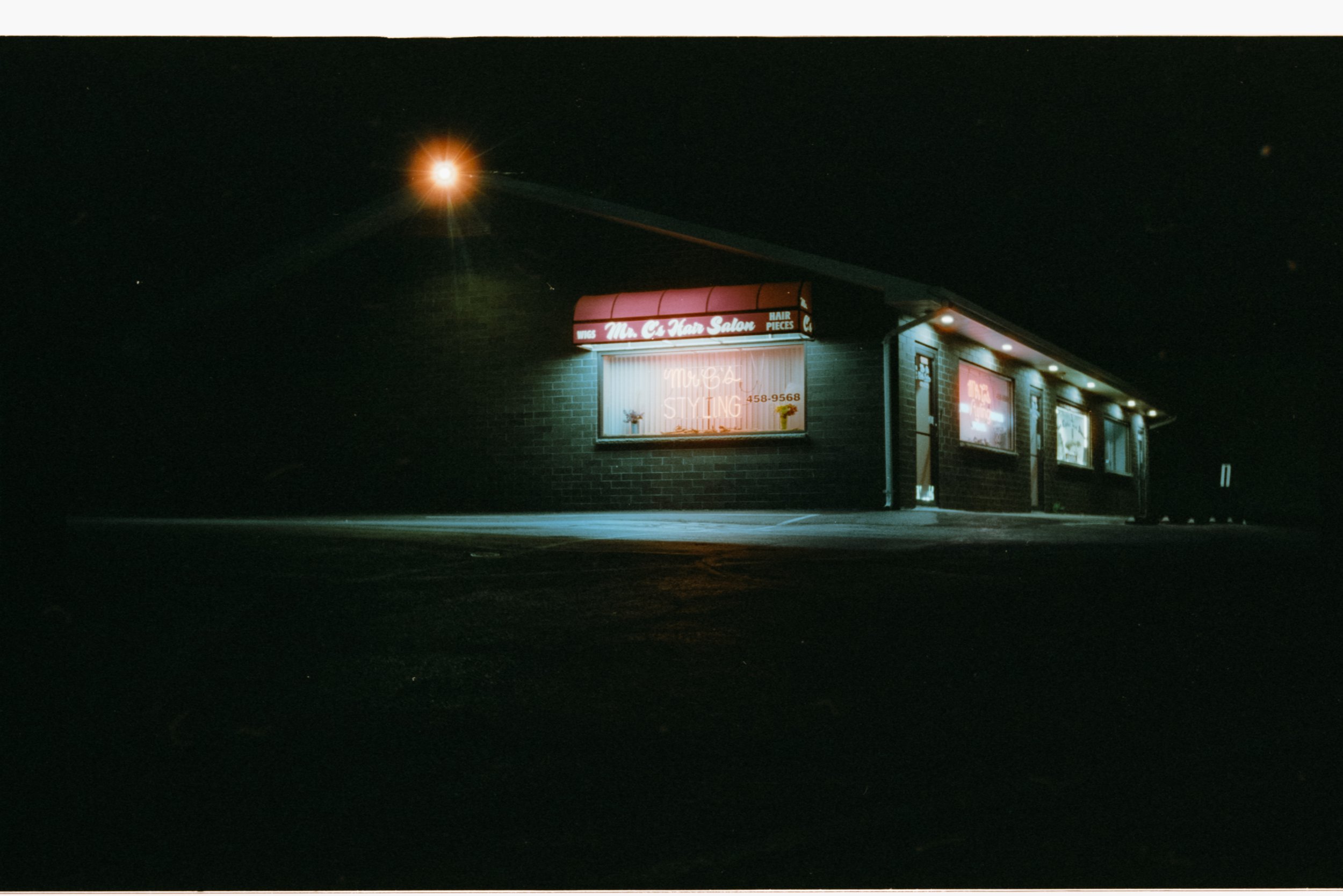
In the accompanying images from the same set, you'll witness the second chapter of my photographic journey. This time, my lens turned towards the vibrant neon lights of the New York State Fair, thanks to an ingenious idea from my girlfriend, Kels. As the golden hour descended, I equipped my camera, still armed with the trusty 24-105 lens, eagerly anticipating the magical moment when all the lights came to life.
A surprising revelation awaited me – the ease with which I could hand-hold this 800-speed film, a stark contrast to the 400-speed film. I found myself maintaining shutter speeds around 1/100th of a second on average. The clever metering for the highlights and the naturally bright lights assisted in this feat.
My vision for this shoot was to capture wide-angle perspectives that told the stories of the buildings, tents, and the joyful patrons relishing their time at the fair. This project was a delightful blend of commercial and street photography, with a few frames taken from a Ferris Wheel for that extra touch of moviesque magic, replicating a dolly or drone shot.
In the gallery below, I've picked my favorite frames:
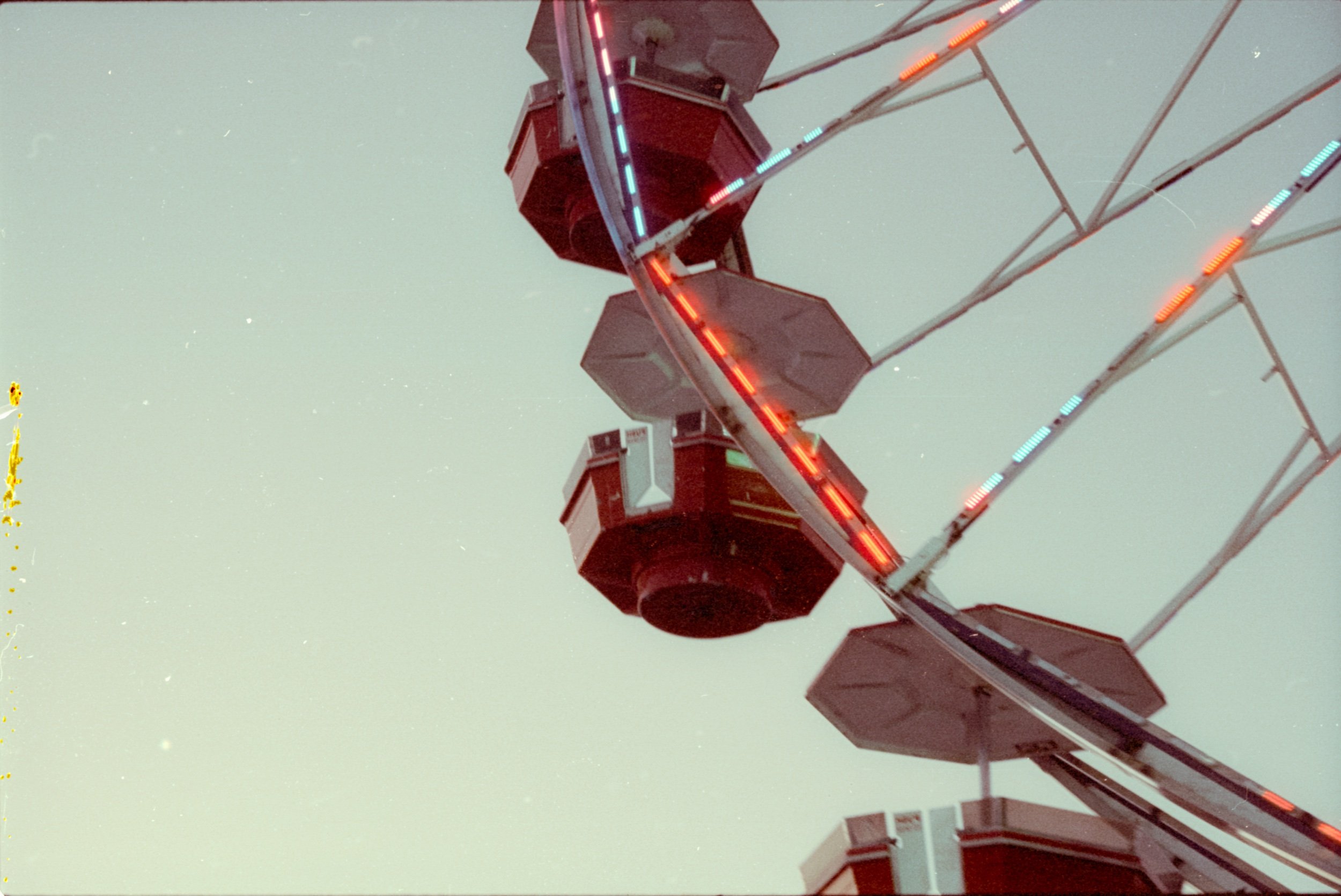
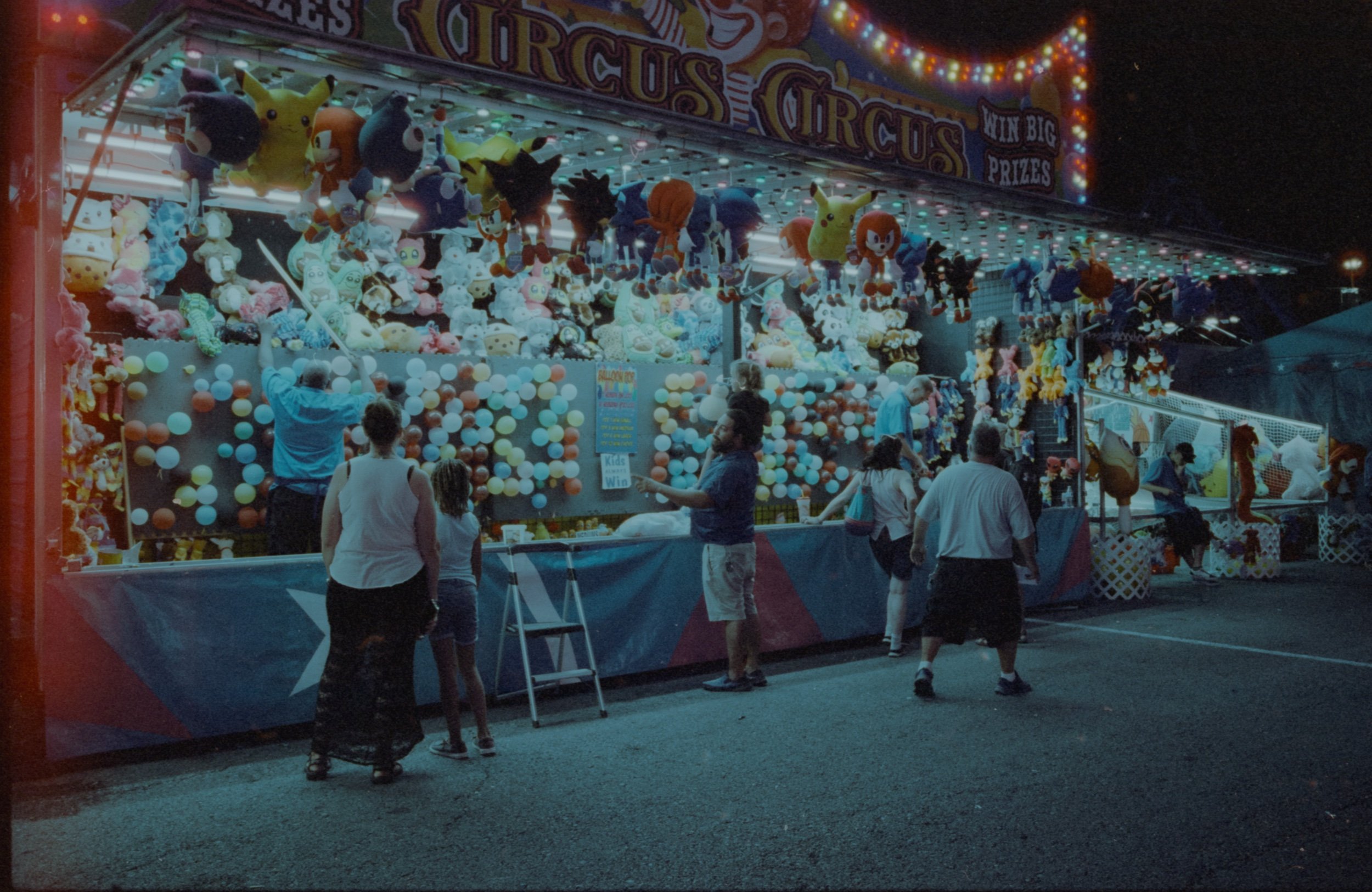
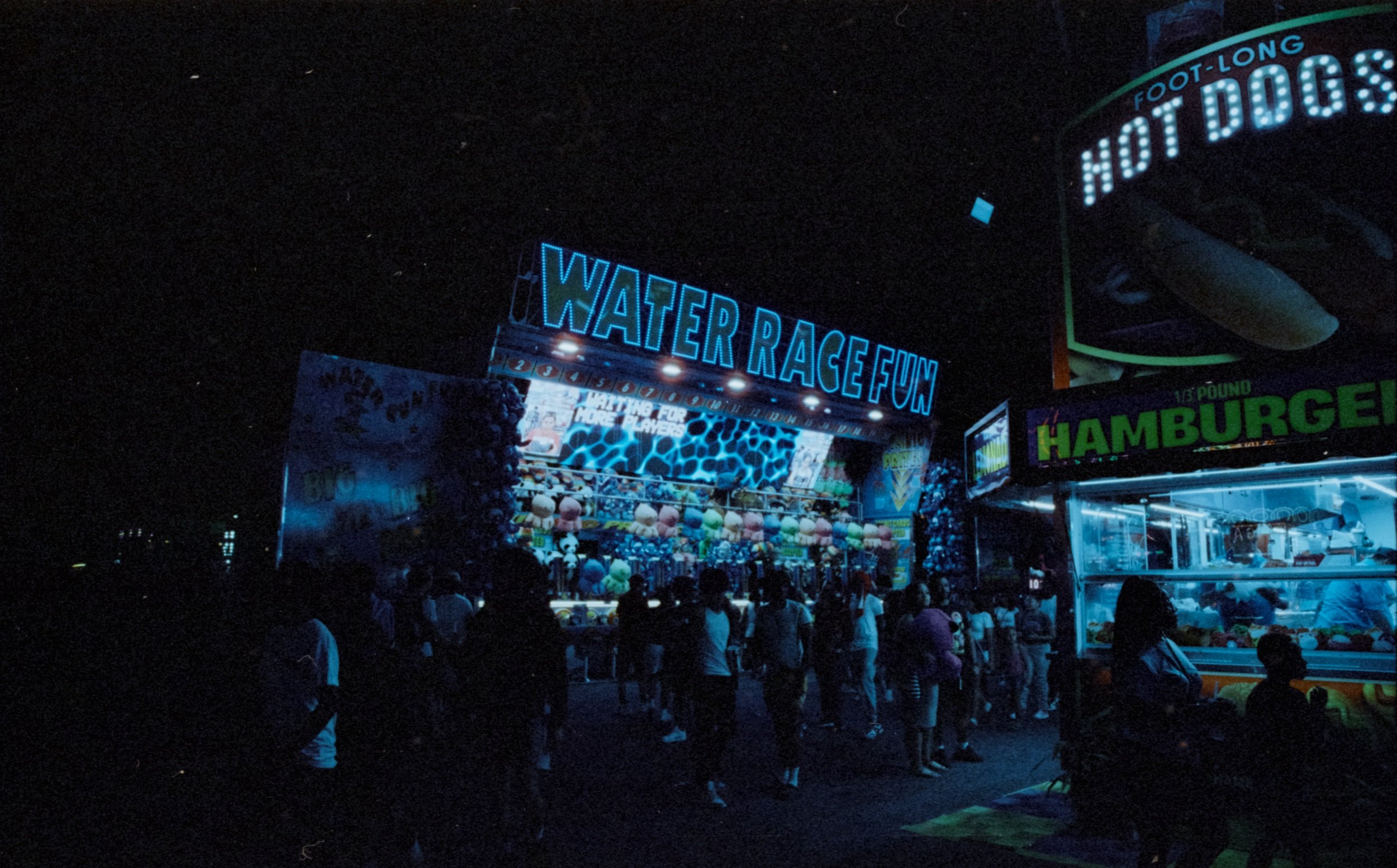
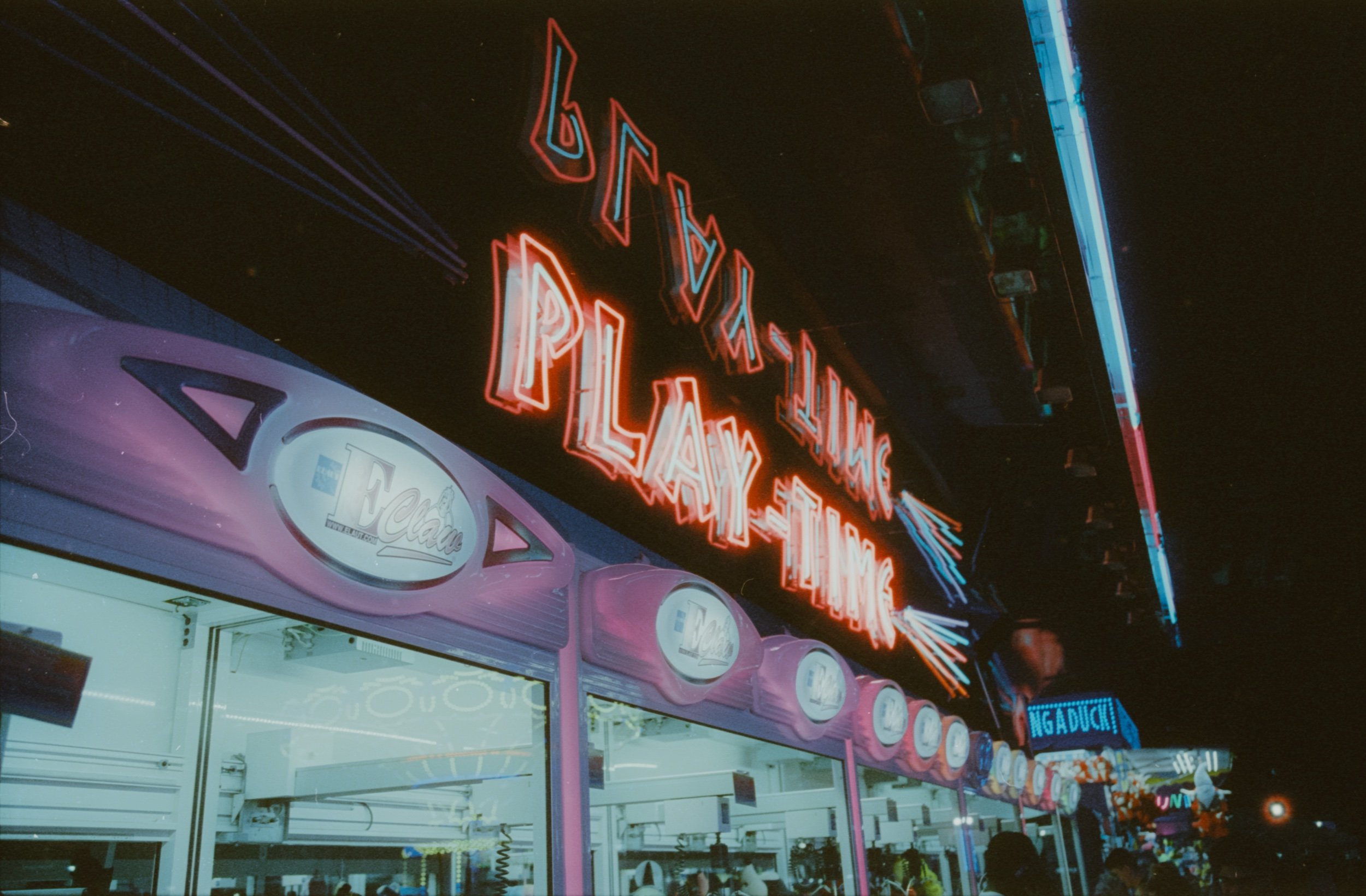
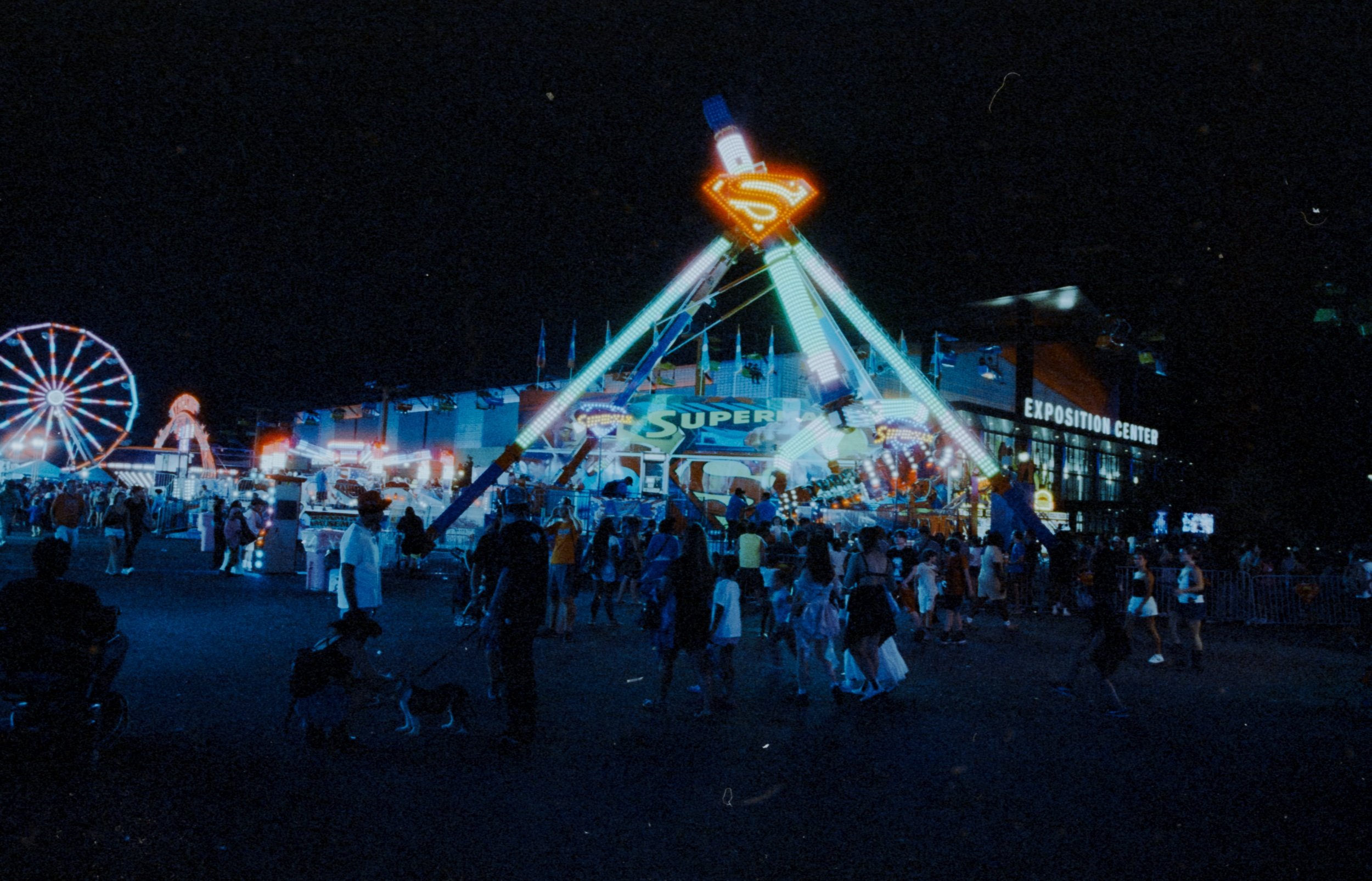
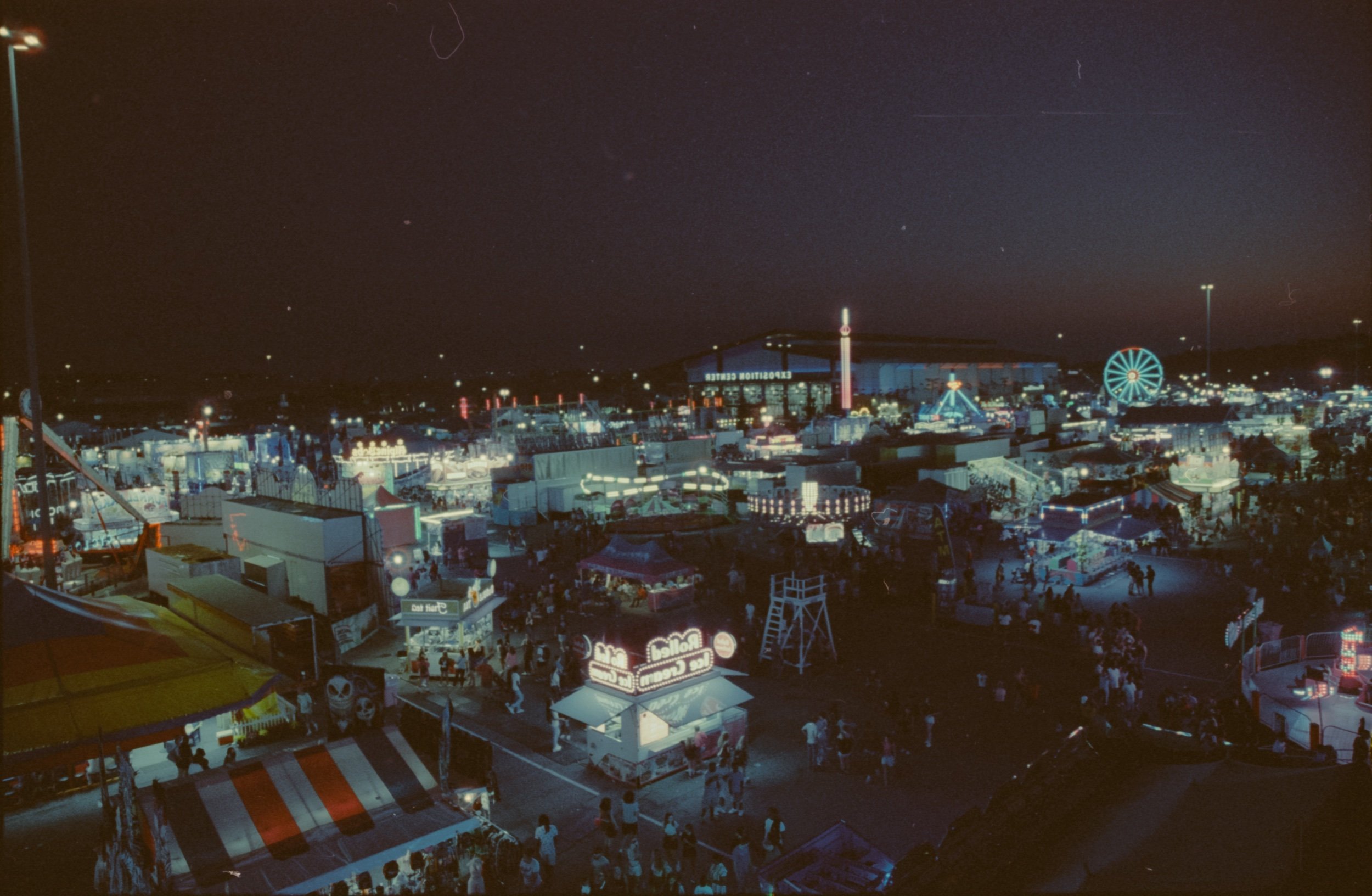
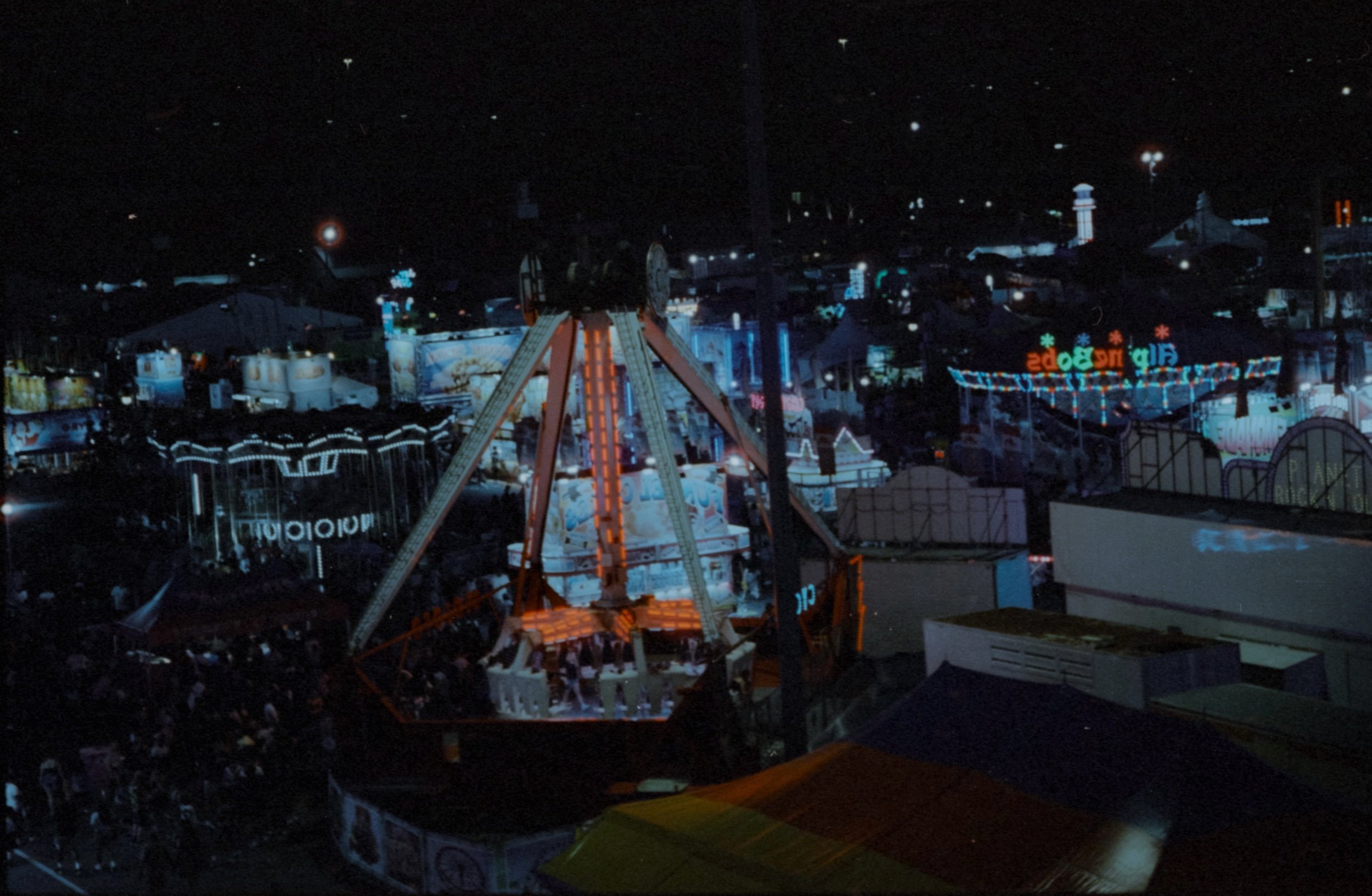
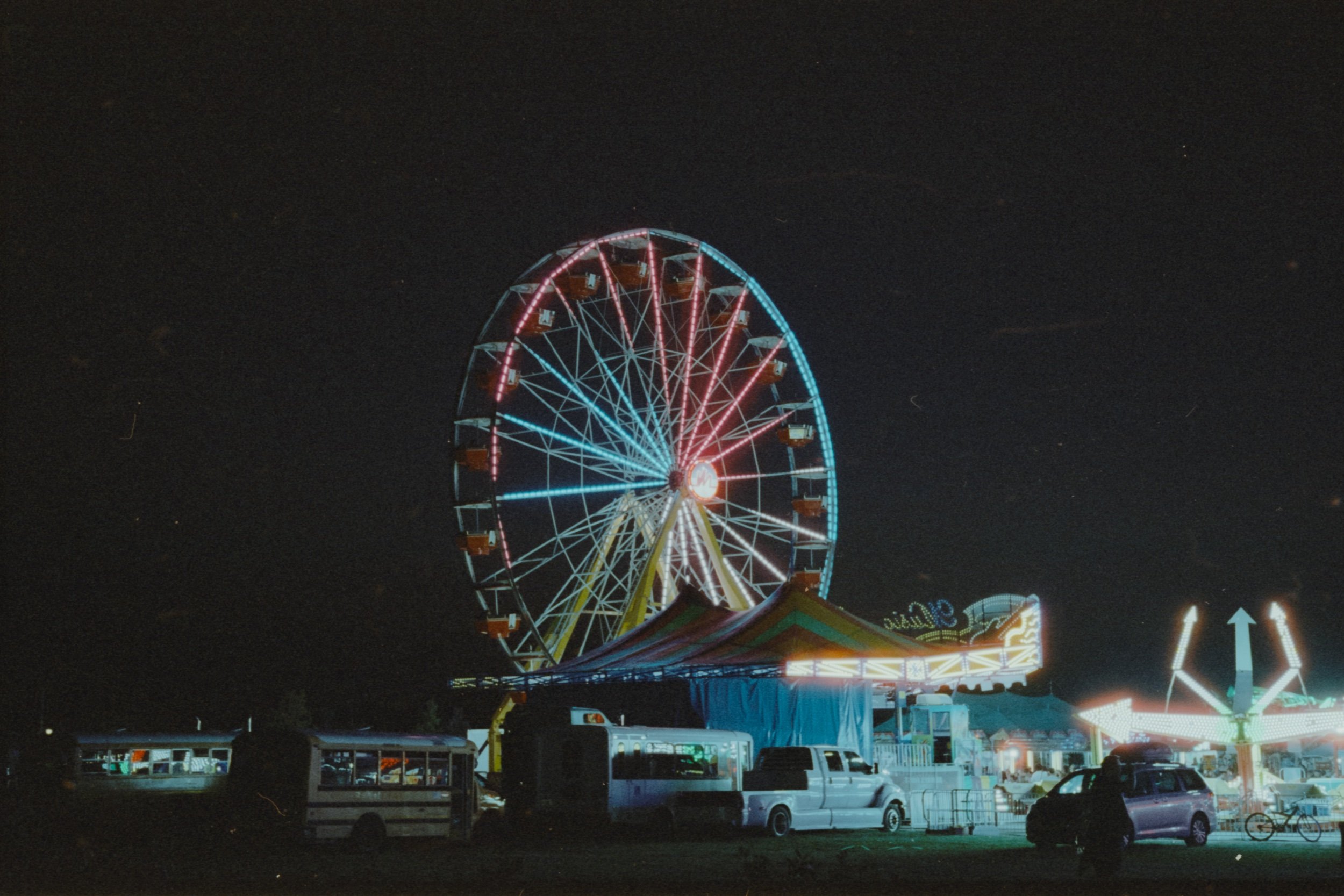
This experience has left me yearning to explore the world of Cinestill 800T once more. I already have a treasure trove of fresh ideas, waiting to be brought to life through my lens. The stock has earned my trust to the extent that I've added a roll of Cinestill BWXX to my collection, awaiting its turn to shine.
Although I might not have translated my ideas precisely, I'm content with the tonal qualities I've achieved, making Cinestill 800T a prime candidate for my next night photography adventure. If what you see intrigues you, I wholeheartedly recommend giving it a try. You can grab a roll from the link below and embark on your own photographic journey.
Next time I will take a look at Kodak Color Plus 200.
Until Next Time.






